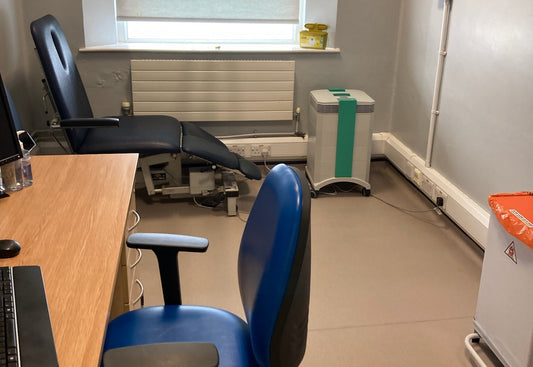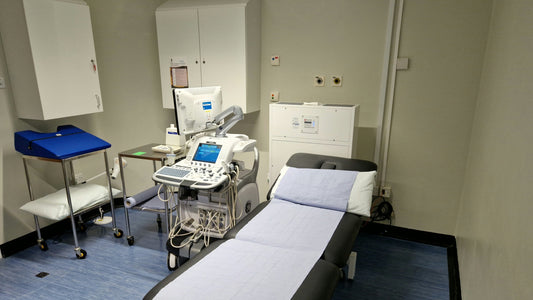Viruses or bacteria, through aerosol infection transmission, can infect a susceptible individual without any direct contact with the infected person. More knowledge on the significance of the airborne infection transmission route would drive airborne infection control policy. There are signs that this is happening, as the World Health Organization (WHO) and other healthcare organizations become increasingly concerned about preparedness for a potential influenza pandemic (with many opinion leaders now convinced that it is a case of ‘when’ such a healthcare challenge occurs, rather than ‘if’).
However, more research is needed to be able to evaluate the contribution of aerosol infection transmission to overall infection rate, when compared with the direct route (coming into contact with an infected person) or the indirect route (touching a contaminated surface).
The hospital setting is particularly at risk from aerosol infection transmission because those infected are in close proximity – overall, even if they are in isolation – to those who are particularly susceptible to infection (cancer, cancer chemotherapy, HIV and old age are all factors in compromised immunity). Moreover, the design of modern hospitals, with lower ceilings and smaller windows, may encourage the circulation of airborne infection compared with the more traditional hospital setting with higher ceilings and larger windows.
When looking at the risk of airborne aerosol infection transmission, the focus should be upon the infectious respiratory disease, including emerging infections such as N5N1influenza, SARS and any new strains which may come along in the future. Also of concern is the threat from tuberculosis. This infection, which kills 1.8 million people worldwide each year, is highly infectious by the airborne route and is re-emerging in several areas of the world, including London.
The cough aerosol mechanism
A cough is a symptom of most respiratory diseases and is the body’s attempt to clear the infection. Coughing, as well as spitting, sneezing and even talking, generates an aerosol which is made up of mucus droplets containing infective agents (bacteria or viruses, depending on the nature of the infection). Recent research from the University of Alberta, Edmonton, Canada, used laser analysis to determine the nature of the cough aerosol emitted by a number of healthy volunteers. They found that a cough aerosol is generally composed of droplets ranging in size from 0.1 to 900 microns. Of these, 97 per cent are less than one micron in size, and 99 per cent less than 10 microns. The key point here is that particles less than 2.5 microns remain airborne for a long time, while larger particles will tend to settle on a surface. Thus, most of the infectious particles emitted in a cough remain airborne and can be inhaled by people into the lungs, often at a large distance away.
The researchers say it is imperative to find out how this airborne aerosol infection transmission route contributes to the overall infection rate in infectious respiratory disease (IRD). Their work is developing into a project called The Edmonton Platform, which is part of the WHO Pandemic Preparedness Plan.
Another interesting question, which this study was not designed to address, was how far these infectious particles can actually travel in the healthcare setting. Aerosol infection transmission is a significant factor in infection control only recently gaining the attention it deserves.
Further information
Zayas G et al (2012). Cough aerosol in healthy participants: fundamental knowledge to optimize droplet-spread infectious respiratory disease management. BMC Pulmonary Medicine online March 21



